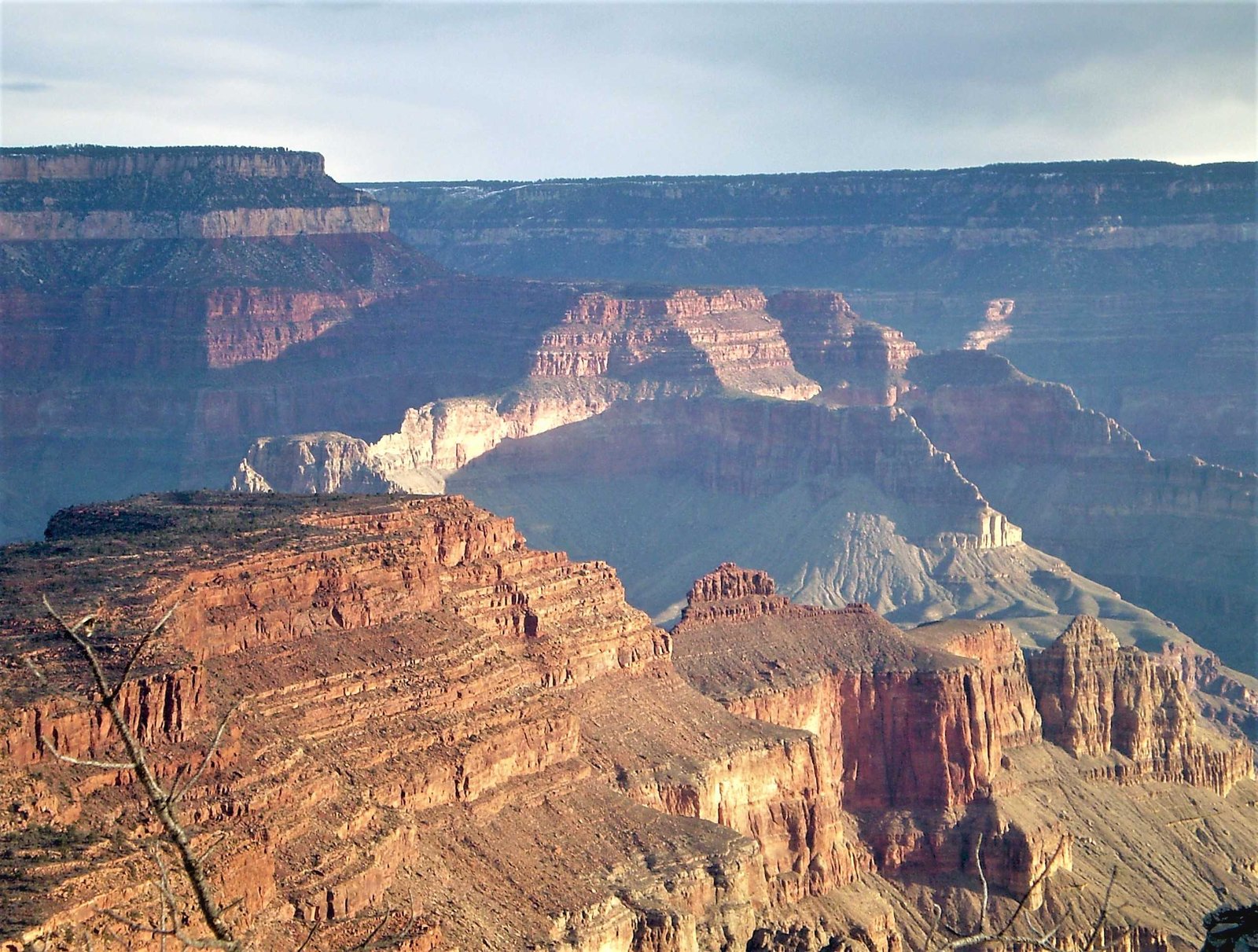Embarking on a Grand Canyon backpacking expedition requires meticulous preparation and strategic planning. This comprehensive checklist covers essential gear, clothing, navigation tools, and survival strategies to ensure a safe and memorable journey through one of the world’s most breathtaking landscapes. From lightweight equipment selection to critical safety considerations, our expert guide will equip you with the knowledge needed to conquer the challenging terrain and unpredictable conditions of the Grand Canyon wilderness.
What Makes Grand Canyon Backpacking Unique?

The Grand Canyon presents extraordinary backpacking challenges that demand specialized preparation. Unlike typical hiking environments, this terrain requires:
- Extreme elevation changes
- Dramatic temperature variations
- Limited water sources
- Rugged and unpredictable landscape
What Clothing Should You Pack?
| Clothing Category | Recommended Items | Weight Considerations |
|---|---|---|
| Base Layers | Moisture-wicking tops/bottoms | 8-12 oz total |
| Insulation | Fleece jacket, down/synthetic puffy | 12-20 oz |
| Protection | Rain pants, waterproof jacket | 14-18 oz |
Key Clothing Recommendations
- Layering System: Prioritize versatile, lightweight clothing
- Material Selection: Choose quick-drying synthetic or merino wool fabrics
- Temperature Range Preparation: Pack items suitable for 30-90°F variations
How to Select the Perfect Backpack?
When choosing a backpack for Grand Canyon adventures, consider:
- Capacity: 60-80 liters recommended
- Weight: Aim for under 4 pounds
- Features:
- Multiple compartments
- Hydration compatibility
- Robust hip belt
- Comfortable suspension system
What Navigation Tools Are Essential?
Critical navigation equipment includes:
- Topographic maps
- Compass
- GPS device
- Satellite communication device
- Backup battery pack
How to Manage Water and Hydration?
Water management is crucial in the Grand Canyon’s arid environment:
- Carry minimum 2-3 liters at all times
- Use reliable water filtration system
- Identify water source locations in advance
- Pack electrolyte replacement tablets
What Emergency Gear Should You Carry?
Emergency preparedness can save your life:
- Comprehensive first aid kit
- Emergency shelter
- Fire starting materials
- Signaling device
- Personal locator beacon
- Extra food rations
How to Pack Food Efficiently?
Calorie-Dense Food Strategy:
– 3,000-4,000 calories per day
– Lightweight, non-perishable items
– Balanced macronutrient distribution
What Are Critical Safety Considerations?
- Inform park rangers of your route
- Check weather forecasts
- Carry emergency communication device
- Understand basic wilderness first aid
- Know your physical limitations
Final Preparation Checklist

Must-Have Items:
– ✓ Appropriate clothing layers
– ✓ Reliable backpack
– ✓ Navigation tools
– ✓ Water filtration system
– ✓ Emergency gear
– ✓ Food and nutrition plan
Weight Management Tips
- Aim for total pack weight under 35 pounds
- Eliminate non-essential items
- Choose ultralight gear options
- Practice packing before your trip
Recommended Gear Brands
- Osprey (Backpacks)
- Sawyer (Water Filtration)
- Mountain Hardwear (Clothing)
- Black Diamond (Navigation Tools)
- MSR (Cooking Equipment)
Permits and Regulations
- Obtain backcountry permit in advance
- Follow Leave No Trace principles
- Respect wildlife and environment
Physical Preparation
- Build cardiovascular endurance
- Practice hiking with loaded backpack
- Strengthen leg and core muscles
- Acclimate to altitude variations
Cost Considerations
Estimated total gear investment: $1,500 – $2,500
References:
– National Park Service – Grand Canyon Backpacking
– Grand Canyon Conservancy
– Wilderness Medicine Associates
